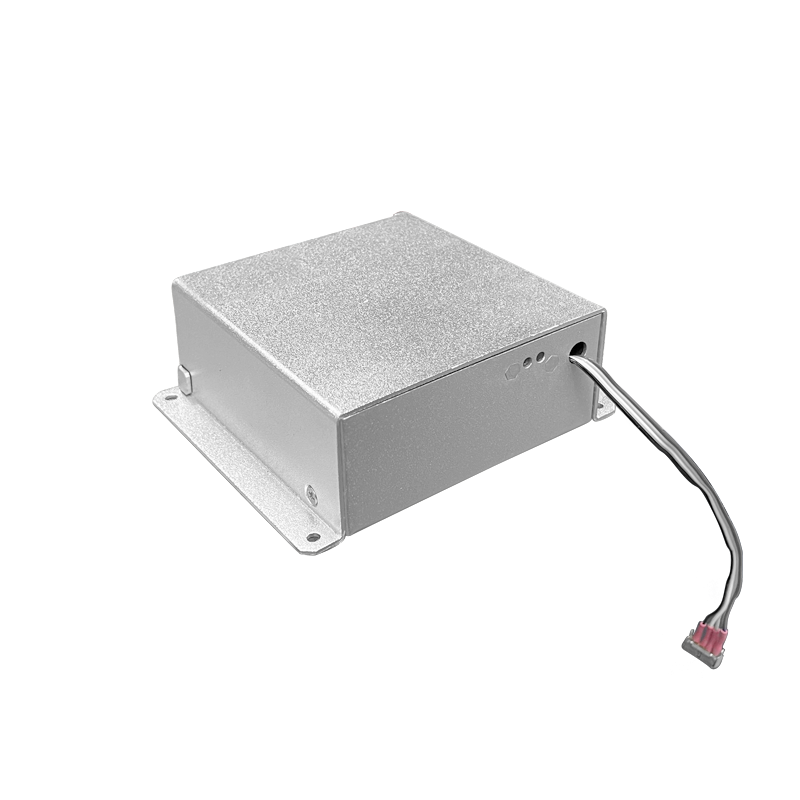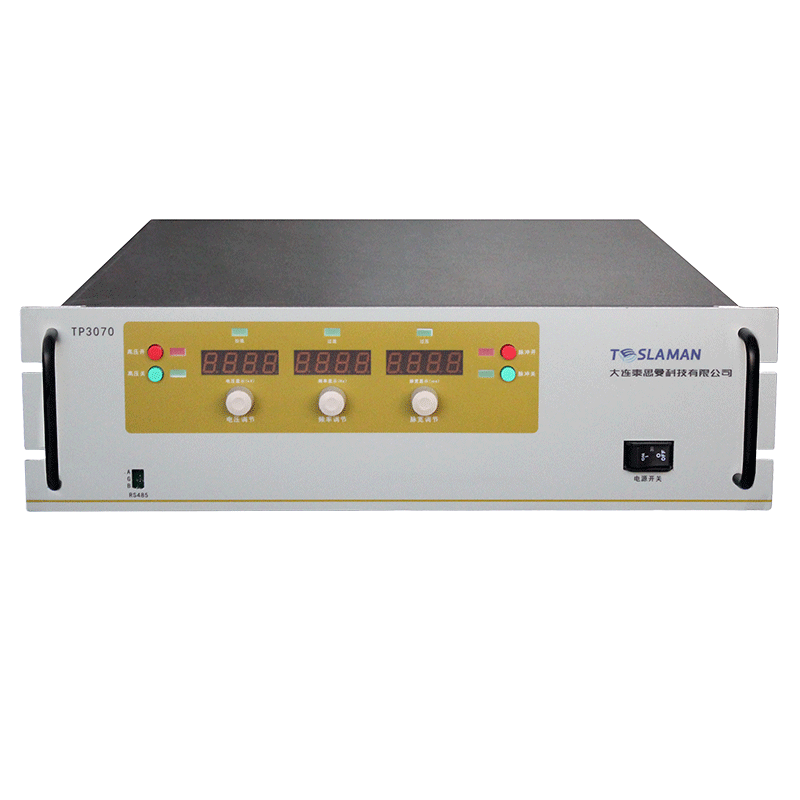Innovative Application of High-Voltage Power in Rapid Food and Beverage Safety Inspection
1. Technical Principles: High-Voltage-Driven Multimodal Detection System
The core value of high-voltage power in rapid food detection lies in its ability to provide stable and efficient energy for optical sensing, electrochemical analysis, and biological recognition technologies. For example:
Optical detection technologies (e.g., fluorescence spectroscopy, Raman spectroscopy) rely on high-voltage power to excite light sources of specific wavelengths. By analyzing optical properties (absorbance, scattering intensity) of substances under stimulation, they achieve millisecond-level responses for pesticide residues and additives.
Electrochemical sensors utilize microcurrent environments driven by high voltage to capture changes in charge signals generated by heavy metal ions or pathogen metabolism, achieving sensitivity up to ppb (parts per billion) levels—a hundredfold improvement over traditional methods.
Gene diagnostic chips accelerate DNA probe hybridization with target pathogens via high-voltage electric fields, reducing detection time from hours to 15 minutes, significantly enhancing screening efficiency for foodborne microorganisms (e.g., Salmonella, E. coli).
2. Application Models: Full-Scene Rapid Response Network
High-voltage-powered detection systems now penetrate all segments of the food supply chain, forming hierarchical application models:
1. On-site rapid inspection: Portable high-voltage detectors integrate miniaturized power modules, enabling farmers or inspectors to screen agricultural products for pesticide residues onsite, with results in ≤10 minutes and accuracy >95%.
2. Laboratory precision mode: High-voltage power coupled with mass spectrometers or NMR devices enables synchronous quantification of multi-component contaminants (e.g., antibiotics, hormones), with data error rates below 0.5%.
3. IoT dynamic monitoring: High-voltage sensor nodes embedded in production lines monitor microbial contamination risks in real time, with cloud platforms enabling risk alerts and traceability.
3. Technological Evolution: Intelligent and Integrated Breakthroughs
Current optimizations focus on three directions:
AI empowerment: AI-driven high-voltage pulse regulation systems adaptively optimize parameters (e.g., voltage intensity, duration) based on sample complexity, reducing false positives.
Material innovation: Nano-modified electrodes (e.g., graphene, metal-organic frameworks) enhance electron transfer efficiency and anti-interference capabilities under high voltage.
System integration: Microfluidic chips combined with high-voltage power enable sample-in-result-out detection, simplifying steps by 70%.
4. Future Trends: Building an End-to-End Food Safety Barrier
Future advancements will prioritize:
1. Green technology: Low-energy modules (e.g., piezoelectric ceramic power) reducing energy consumption per test by ≥30%.
2. Standardization: Aligning high-voltage detection data with international standards (e.g., ISO 22000) to enhance cross-border food regulation.
3. Social governance: Popularizing portable high-voltage detectors to empower public participation in food safety oversight, fostering a government-enterprise-consumer co-governance framework.




















